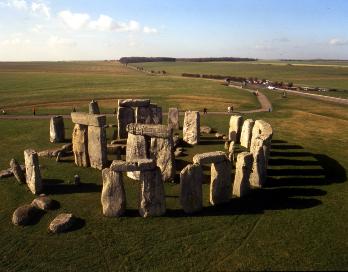    |
Stonehenge |
|
|
Wiltshire
United Kingdom
SP4 7DE
Tel: 0870 333 1181 |
||
Additional FeaturesAncient monumentBronze age Buildings Exhibition Stone age Local History Heritage Centre Sightseeing Walking Special Offers10% discount for groups of 11 or more who pay as a group plus a free place for every additional 20 paying passengers. Free entry for coach driver and tour leader.DescriptionStonehenge is one of the five wonders of the world. What visitors see today are the substantial remnants of the last in a sequence of such monuments erected between circa 3000BC and 1600BC. Each monument was a circular structure, aligned with the rising of the sun at the midsummer solstice.Stonehenge's orientation in relation to the rising and setting sun has always been one of its most remarkable features. Whether this was because its builders came from a sun-worshipping culture or because - as some scholars have asserted - the circle and its banks were part of a huge astronomical calendar, remains a mystery. What cannot be denied is the ingenuity of the builders of Stonehenge. With only very basic tools at their disposal, they shaped the stones and formed the mortises and tenons that linked uprights to lintels. Using antlers and bones, they dug the pits to hold the stones and made the banks and ditches that enclosed them. Woodhenge, two miles to the north east, was a wooden oval-post structure, also aligned with the summer solstice sunrise. It is believed to be contemporary with the first phase of Stonehenge. Now a World Heritage Site, Stonehenge and all its surroundings remain powerful witnesses to the once great civilisations of the Stone and Bronze Ages, between 5,000 and 3,000 years ago. What visitors see today of Stonehenge are the remnants of the last in a sequence of monuments erected between C. 3000BC and 1600BC. It is now a World Heritage Site. |
||
|
|
||



